This volume presents a collection of display prints that were omnipresent during India’s struggle for independence, and have fundamentally revolutionized our understanding of the role of the visual narrative. Serving as a visual tour d’horizon to various facets of the Indian freedom movement, it allows readers space to interpret this tumultuous historical experience of the twentieth century. It also helps us explore, on the 60th anniversary of India’s freedom struggle, new facets of the movement that may have gone unnoticed until now. This possibility is also accompanied by radical attempts to shift our attention: Delhi, Mumbai, Kolkata, and Chennai do matter to the new visual studies, but so do such small towns like Sivakasi, Nathadwara, Meerut-locations for popular pictorial productions in colonial and post-colonial India. Well-known colonial art schools are eclipsed by the likes of Calcutta Art Studio, Chitrashala Press, and S.S. Brijbasi & Sons. Elite artists like Ravi Varma or Abanindranath Tagore now share space with street-smart subalterns like Kondiah Raju, Rupkishor Kapur, and Yogendra Rastogi whose pictures are reprinted in this volume. Once ignored and dismissed for their vulgarity, repetitiveness, and lack of originality, these ‘god posters’, ‘framing pictures’, and ‘calendar art’ have been rescued from obscurity to occupy centrestage in new narratives where they now condition our understanding of everything from post-coloniality to the creation of India’s first nationalist political regime. Vibrant, thought-provoking, and profusely illustrated, the volume will be a useful resource for social scientists and scholars of history and politics, and more importantly a collector’s delight.
Popular Indian Art: Raja Ravi Varma and the Printed Gods of India
This lavishly illustrated ...
Out of stock

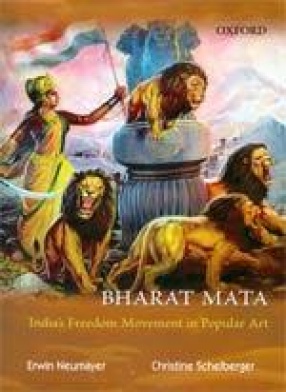
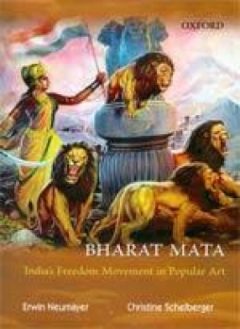
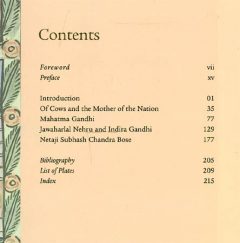
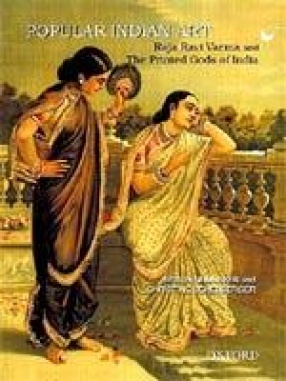
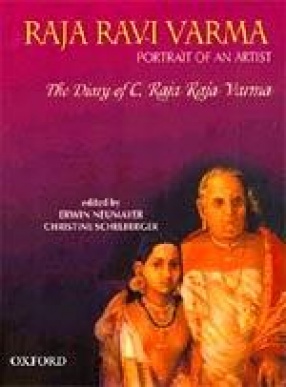
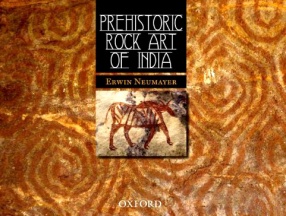
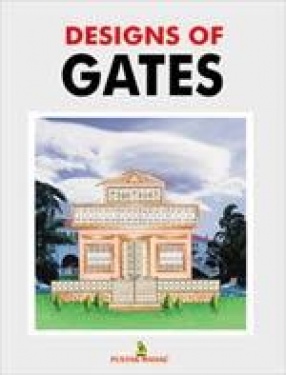

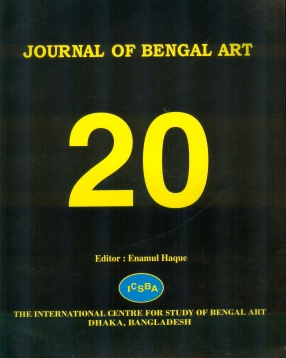
There are no reviews yet.